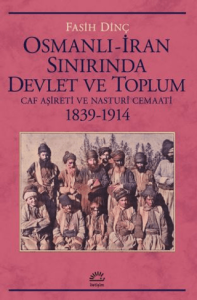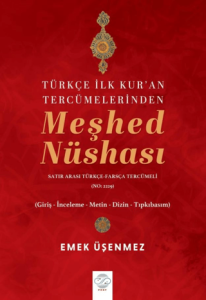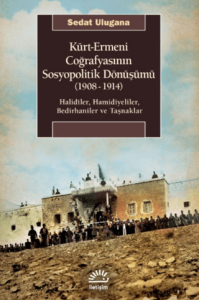
The art of calligraphy was born of the desire to record, ornament, and protect the text of the Holy Qur'an in the most perfect form— by giving Arabic letters their most beautiful shapes, and by illuminating and binding the written pages so as to grant them a worthy appearance.
Among the various peoples that adopted Islam, Ottoman Turks took this mission especially to heart, developing their own particular style especially after the conquest of Istanbul, and constantly striving for perfection in the artistic rendering of every kind of script.
This catalogue of 99 Qur'an Manuscripts from Istanbul begins with §eyh Hamdullah (1429-1520), the founder of the Ottoman-Turkish school of calligraphy, and ends with Hasan Riza Efendi (1849-1920), the last great master of naskh script in the twentieth century.
The left-hand pages of the catalogue are devoted to the calligraphers' biographies, and the right-hand pages to information about their manuscripts. A wealth of illustrations help the reader navigate the subject and appreciate its subtleties.
The art of calligraphy was born of the desire to record, ornament, and protect the text of the Holy Qur'an in the most perfect form— by giving Arabic letters their most beautiful shapes, and by illuminating and binding the written pages so as to grant them a worthy appearance.
Among the various peoples that adopted Islam, Ottoman Turks took this mission especially to heart, developing their own particular style especially after the conquest of Istanbul, and constantly striving for perfection in the artistic rendering of every kind of script.
This catalogue of 99 Qur'an Manuscripts from Istanbul begins with §eyh Hamdullah (1429-1520), the founder of the Ottoman-Turkish school of calligraphy, and ends with Hasan Riza Efendi (1849-1920), the last great master of naskh script in the twentieth century.
The left-hand pages of the catalogue are devoted to the calligraphers' biographies, and the right-hand pages to information about their manuscripts. A wealth of illustrations help the reader navigate the subject and appreciate its subtleties.






























